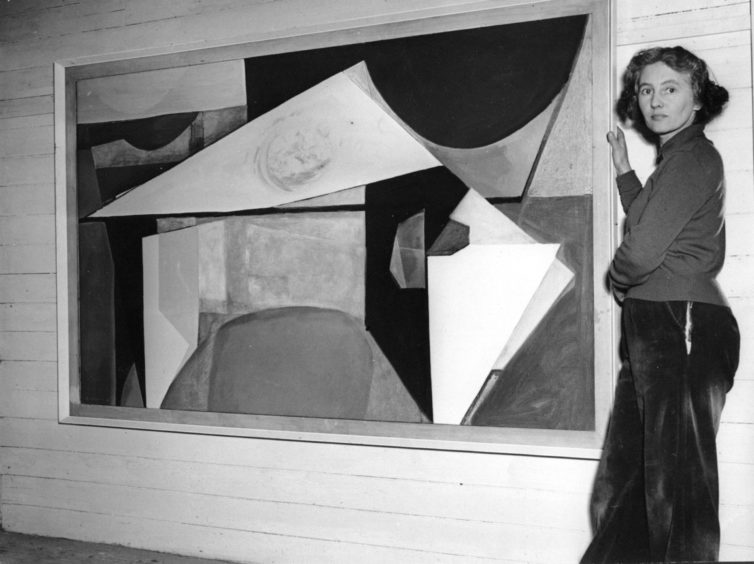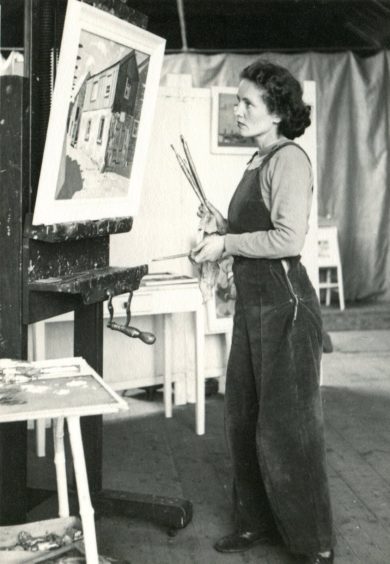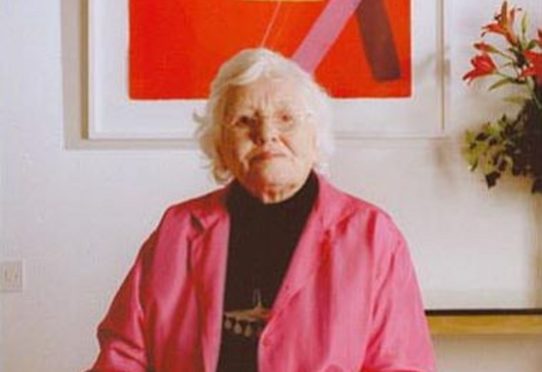A lasting tribute to one of the country’s foremost artists could soon take pride of place in St Andrews.
Wilhelmina Barns-Graham CBE, who passed away in 2004, was a leading member of the St Ives School of artists which played a significant role in advancing British abstract art throughout the 20th century.
St Andrews University and the Wilhelmina Barns-Graham Trust are seeking planning permission to install a plaque on the walls of Mcintosh Hall in the town’s Abbotsford Crescent, to commemorate her birthplace.
Born in the university town on June 8 1912, the eldest child of Allan Barns-Graham and his wife Wilhelmina Meldrum, the artist who became lovingly known as “Willie” had a long-held affection for St Andrews and Fife, going on to gain an honorary doctorate from the university in 1992.

Both the university and Trust, which was established in 1987 to secure her life’s work and archive for future generations, believe the time is right for a permanent fixture in the town in her memory.
A spokesperson for the project said the fact Mcintosh Hall is a B-listed building means the plaque must be “sympathetically designed and positioned”.
“The Wilhelmina Barns-Graham Trust exists to enhance the reputation and understanding of Wilhelmina Barns-Graham as one of Britain’s most significant 20th century artists, and through her legacy supports young people and other individuals to fulfil their potential in the visual arts.
“The proposed plaque will be brass plate with non-ferrous fixings which are proposed as sympathetic materials which will not have an adverse reaction against the existing stonework.
“The brass and dark coloured text are also proposed to suit the stonework tonally and have been chosen so as not to ‘jar’ unnecessarily with the existing building colour / tone whilst remaining legible.”

After attending Edinburgh College of Art, fate would take the artist to St Ives in 1940 and she retained a studio there until her death.
She married aspiring young poet David Lewis in 1949 and honed her skills as a modern painter over the next 10 years, although she went on to divorce Lewis in 1963.
In 1960 she also inherited a family house, Balmungo, near St Andrews, from her aunt, and then began to divide her times between St Ives and St Andrews.
She was made CBE in 2001 and also lived to see the first biography of her life, by Lynne Green, published in the same year.





